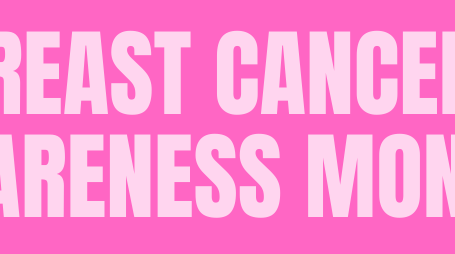One of the most well-known reasons for wearing a medical ID bracelet or necklace is so that a first-responder can have critical information during an emergency. We’ve said it and you’ve heard it before: a medical ID can speak for you when you can’t. But what about in everyday life?
Who needs to know?
For people who wear medical IDs, like those with diabetes, it can be tricky to determine just how much information to share with your employer. You might worry that people will treat you differently if they know, even though many conditions are covered by the Americans with Disabilities Act to prevent discrimination. You might just be a private person or not want to deal with the questions that come along with it.
For these reasons, you might not have disclosed the fact that you have a medical condition. So, what happens if there is an incident at work and you are unable to communicate, and no one knows about your condition? Of course your coworkers and/or boss will call 9-1-1, but before anyone arrives to help is when a medical ID comes in.
And they might even be more important before first-responders arrive because people around you will not be trained to look for specific things. They may not know that a low blood sugar caused you to pass out, or that you inadvertently ate an allergen, especially if you haven’t disclosed your medical condition to them before.
If a bracelet isn’t your style, there are these other options available:
Just like you follow other safety rules at work, wearing a medical ID is a precaution you take in anticipation of needing it (although you hope you never do!).
Why at Work?
People spend at least a quarter of their hours at work. We often joke it’s our second home and that our coworkers are our second family. When we pick up a cold, flu or some other illness, it’s most likely at the office. So, just like washing your hands and disinfecting surfaces, wearing a medical ID is to be proactive about your health and wellness.
Stay Healthy
From investing in a medical ID bracelet to avoiding certain office areas, you can take steps to stay healthy at work. Bacteria left on common areas in the office can live through the entire day and infect everyone who comes in contact. Here are some areas often ripe with germs:
- Doorknobs
- Telephones
- Keyboards
- Elevator buttons
- Chair arms
- Tables
- Fridge handles
- Drawer pulls
- Staplers
For commonly touched areas like doors, use the paper towel you dried your hands with to push open the door. If this isn’t possible, touch a higher part of the door that others may not have used as often. Or use your weight, or another part of your body, to open the door. Any germs that get on your hands are very likely to get on your face as well.





